Common Bidet Installation Blunders – and How to Avoid Them
Posted by Barry S. on 2nd Sep 2025
Thinking about adding a bidet but worried you’ll flood your bathroom? Many beginners make the same mistakes. Here’s how to steer clear of the most common blunders and enjoy a smooth upgrade.
1. Choosing the wrong type of bidet
Not all bidets fit every toilet. Attachments fit under existing seats and work with most standard toilets. Bidet seats require matching the shape of your toilet (round vs. elongated) and enough clearance behind the tank. Stand‑alone bidets need their own plumbing and can be as complex as installing a new toilet. Measure your toilet’s mounting hole spacing, bowl length and available space behind the tank before buying.
2. Ignoring water supply compatibility
Some budget‑friendly attachments connect only to cold water; mid‑range seats often require both hot and cold lines. Hooking up to the wrong water line can lead to temperature issues, pressure problems or damage. Before installation, locate your shut‑off valves and verify you have the right connections.
3. Poor sealing and leakage
Rushed installations often result in leaks. Loose fittings, missing washers or skipping Teflon tape can create tiny gaps that become big problems. Use an adjustable wrench and fresh Teflon tape, tighten connections evenly and check for drips when you turn the water back on.
4. Skipping the manual
Instruction manuals may be boring, but ignoring them can lead to damaged parts or voided warranties. Manufacturers specify torque requirements and assembly sequences for a reason. Lay out all components, follow the steps in order and don’t improvise. Taking the time to read the directions beats calling a plumber because you fried a control board.
5. Electrical safety shortcuts
Electric bidets need a grounded GFCI outlet. Using an extension cord or non‑GFCI outlet is dangerous. If you aren’t sure whether your bathroom outlet is up to code, call an electrician. Safety should never be an afterthought when water and electricity meet.
Bottom line
Avoiding these common pitfalls takes just a little extra preparation. Choose the right type of bidet, ensure your water and electrical connections are compatible, use the correct tools and follow the instructions. Do that, and your bidet installation will be a satisfying DIY win rather than an expensive mistake.
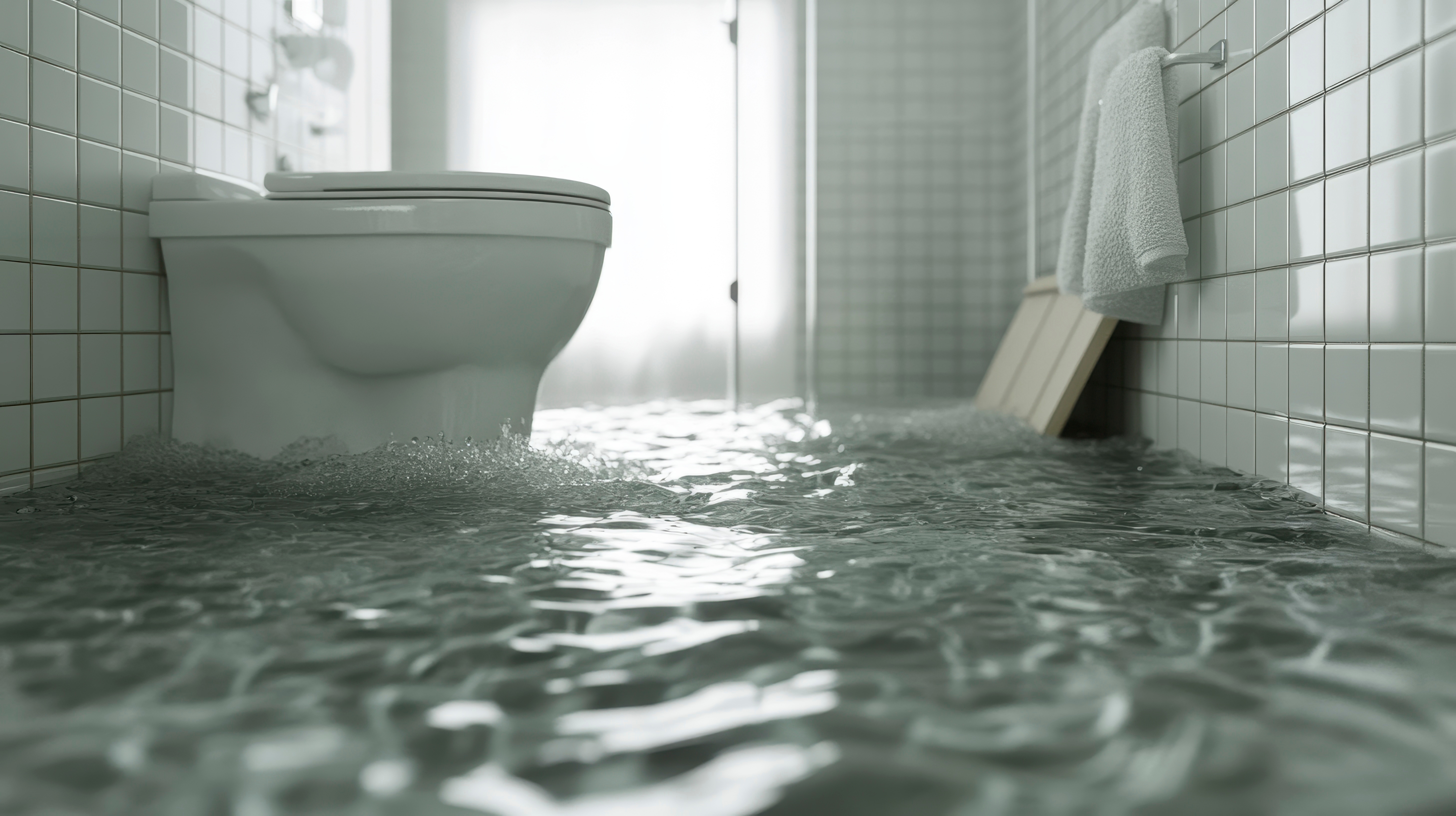
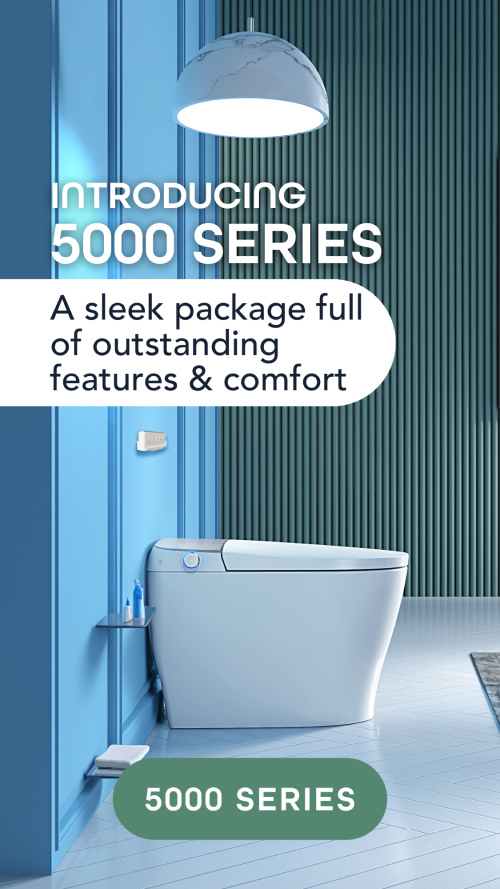
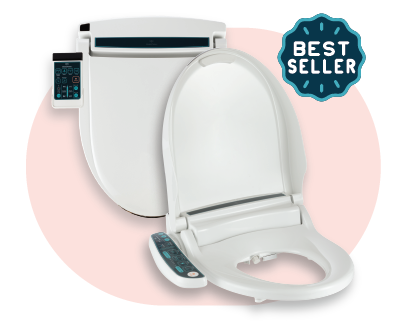
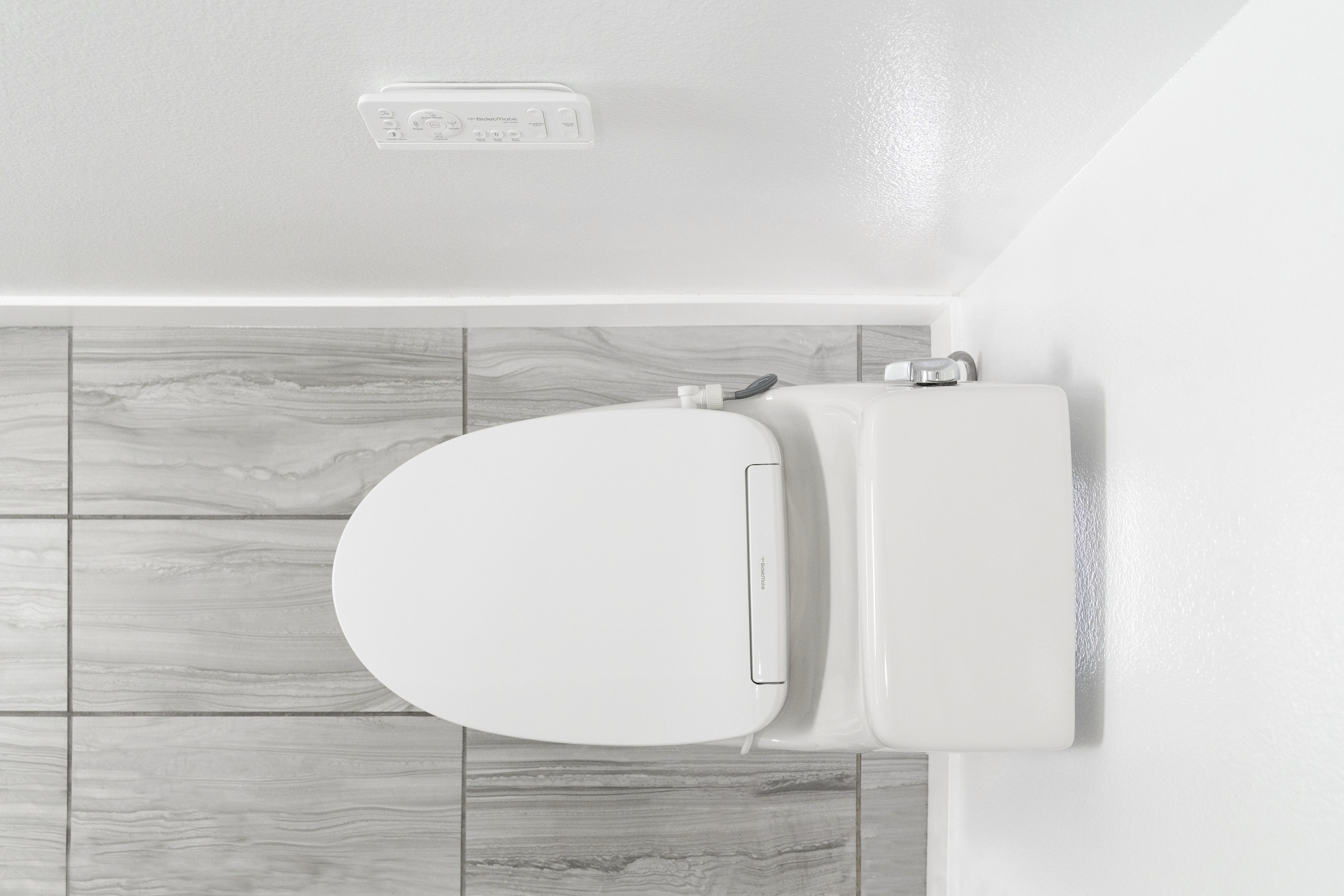
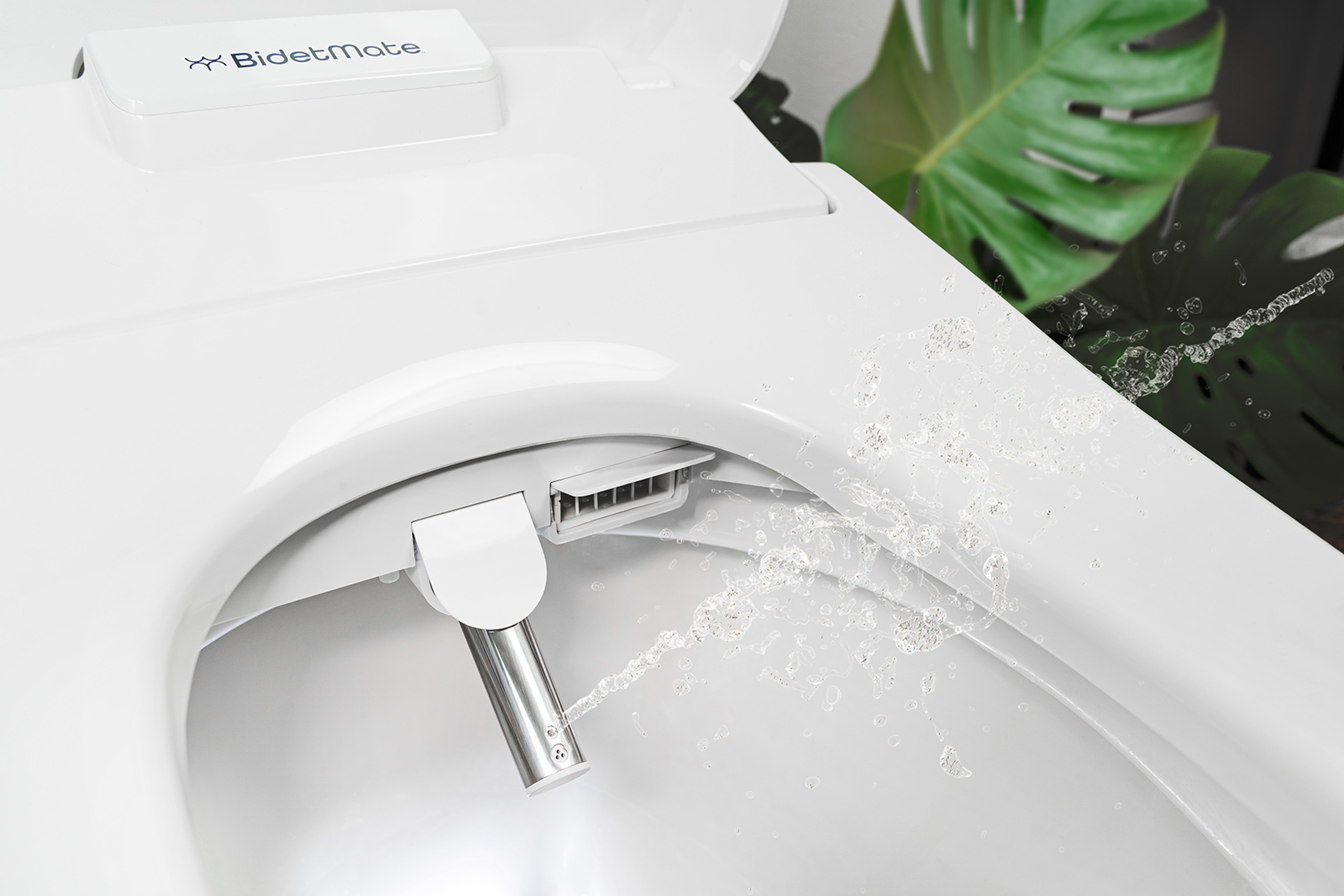

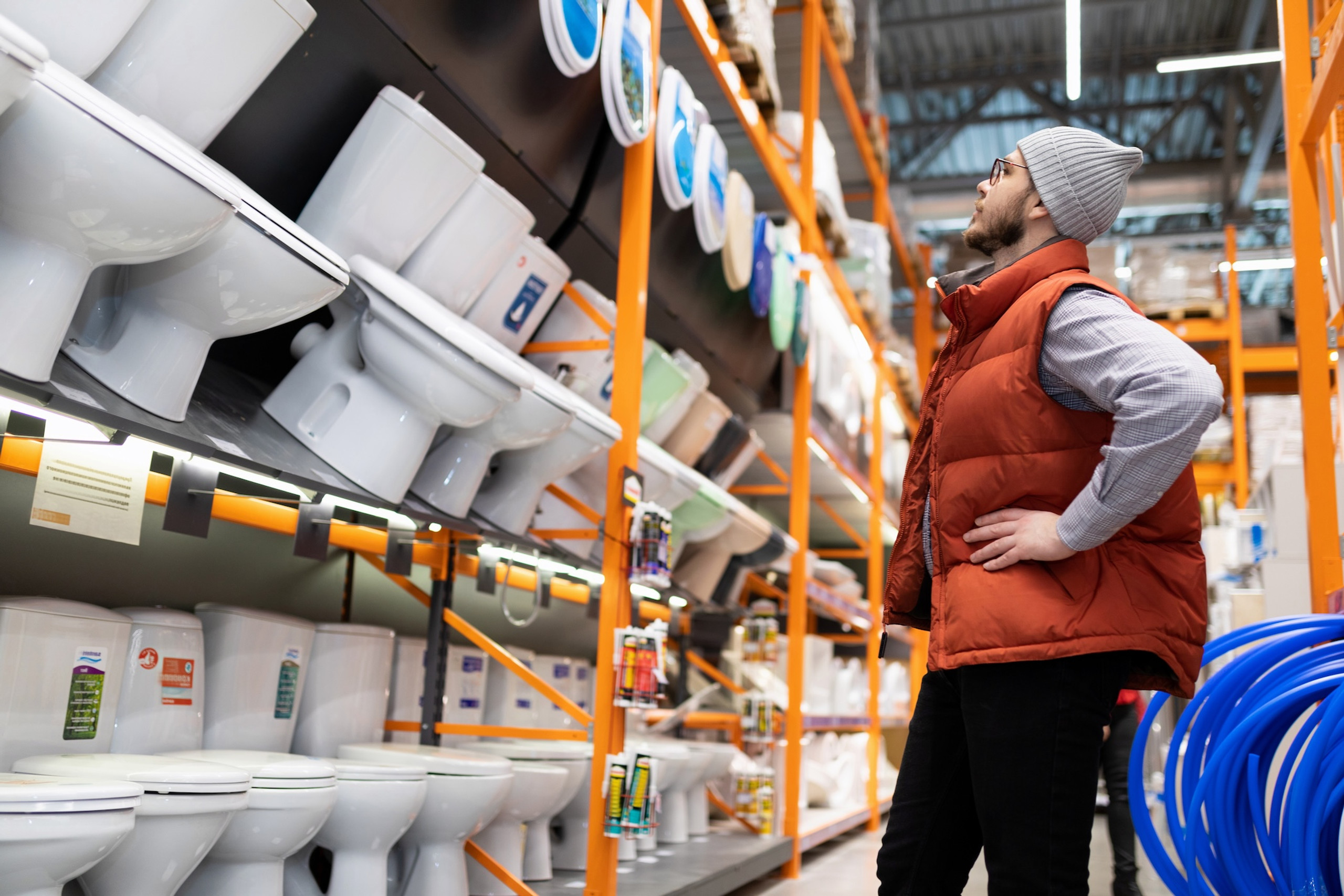

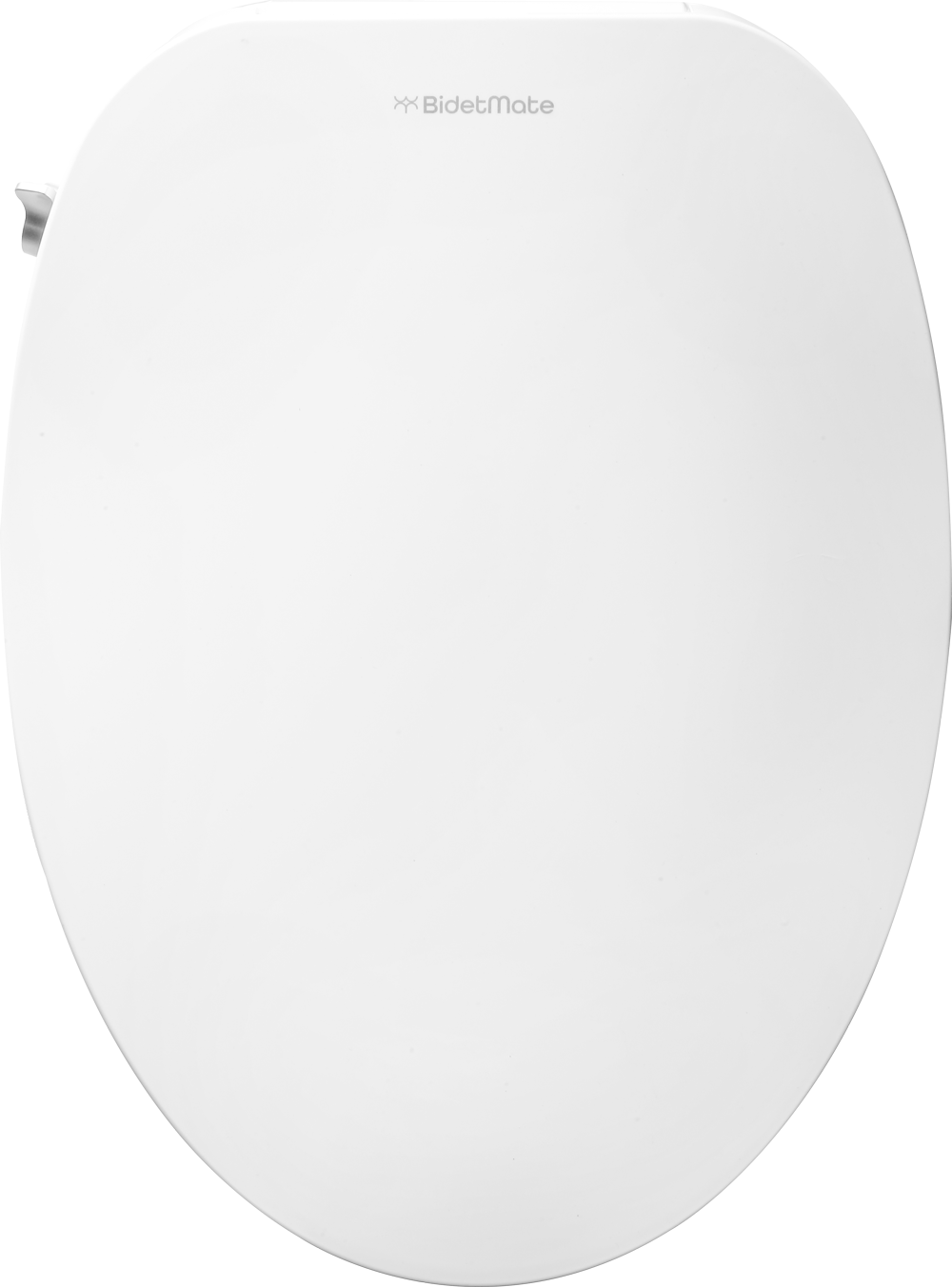
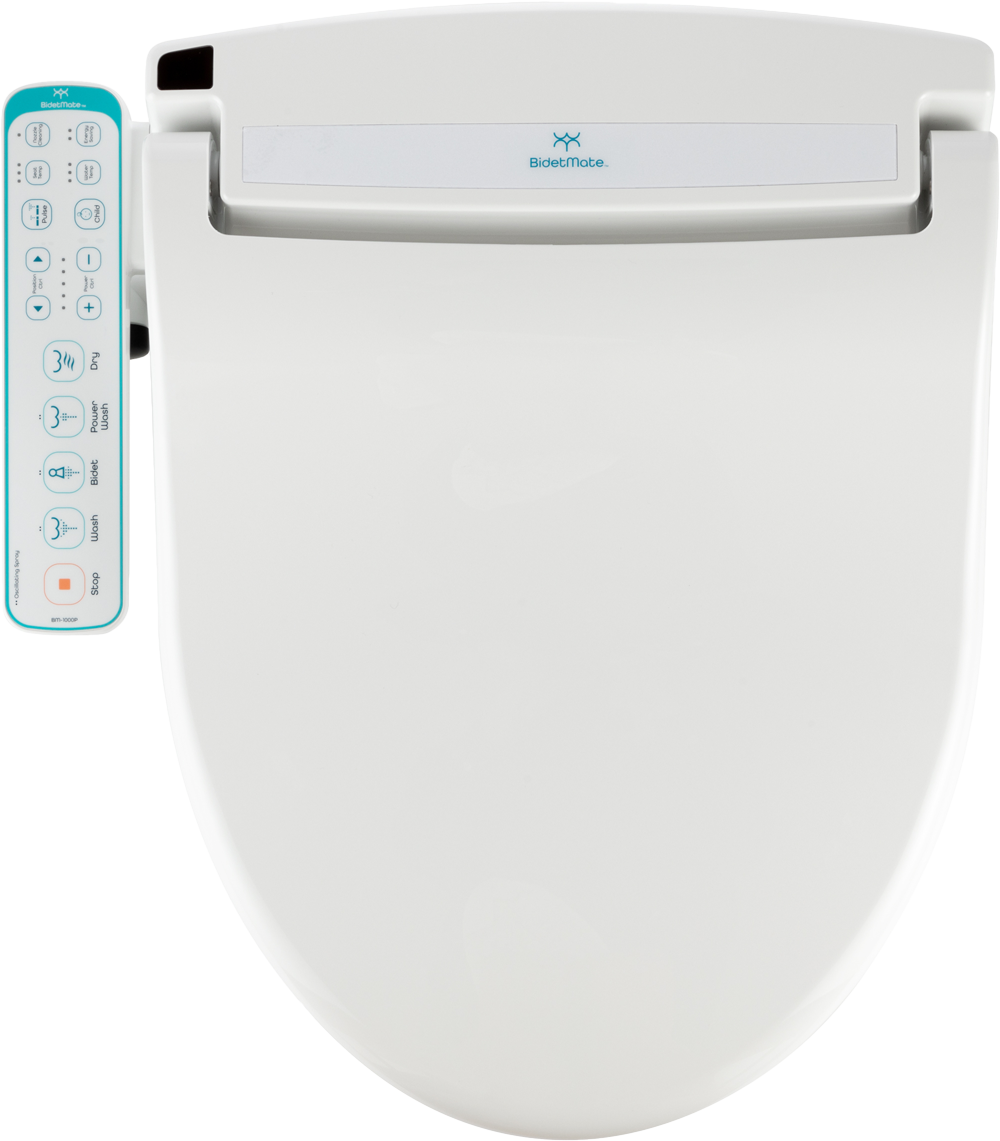
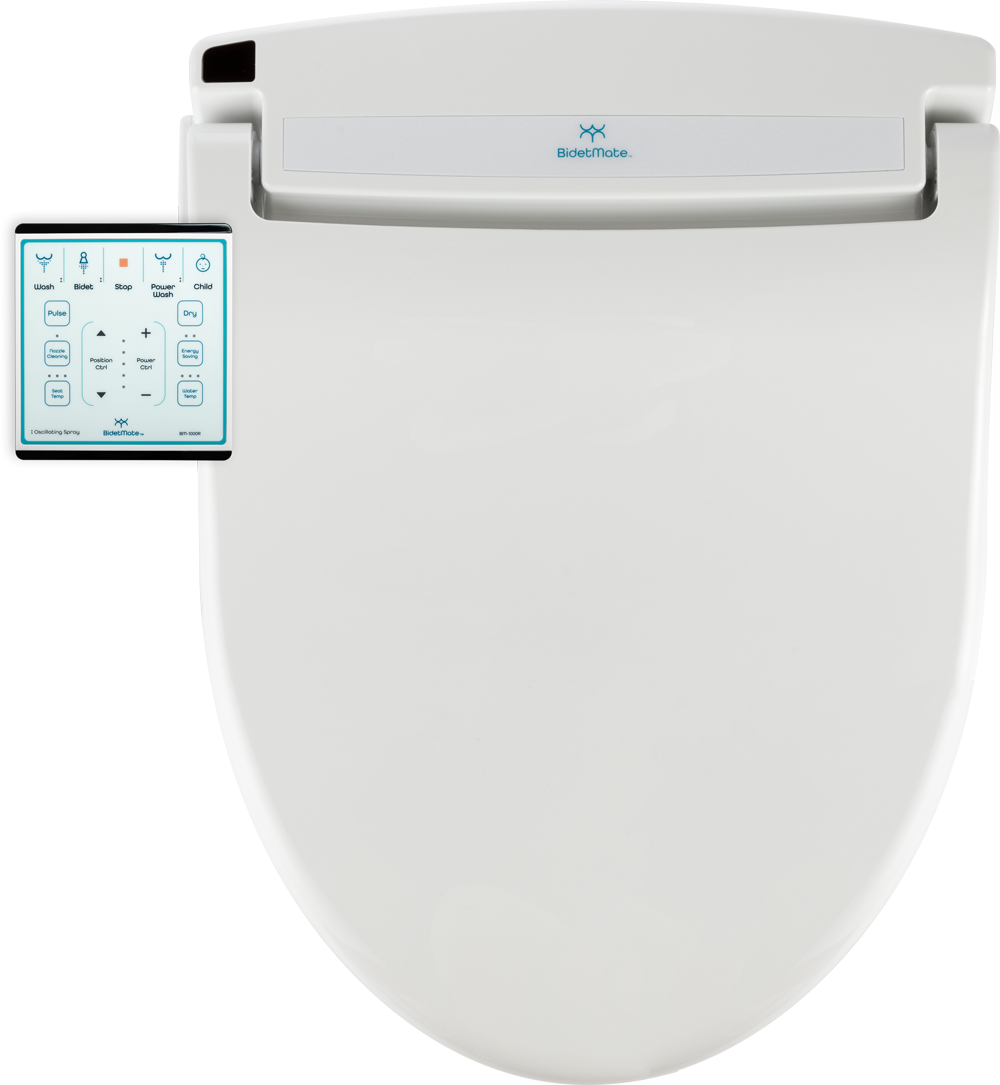


 END Shopper Approved - templates/layout/base.html
END Shopper Approved - templates/layout/base.html